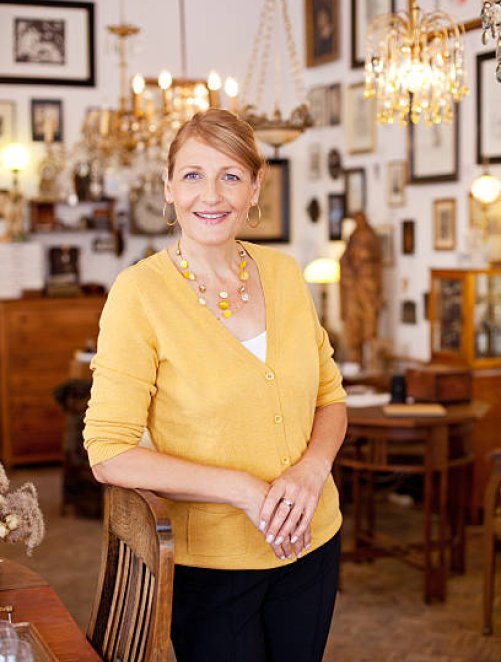




Chinese nest of four tables
The tables were acquired by my great grandmother sometime before 1920. I am uncertain if she bought them on her travels to the Far East 1904-1920, or if she bought them upon her return. She passed them on to my parents, who passed them on to me. I believe they are in very good condition. Each has writing on the underside. Glass tops have protected each table. No water rings, etc.
Largest is 13”x18”x25”
Inherited
Yes


Hello,
Nesting tables, often referred to in Chinese furniture as taiji gui (tiered tables), gained popularity in the late Qing Dynasty (circa 1880–1911) and continued into the early Republic period (1912–1930s). These sets were typically used in scholars’ studios, tea rooms, or reception halls. The design of this nest, with its pierced apron carvings and clean leg lines, reflects the influence of late Qing literati tastes, where balance, minimal joinery, and intricate decorative motifs combined function with elegance. The Chinese inscriptions on the underside suggest workshop markings or assembly numbers, a practice common in export furniture during this period.
Material and Condition Report:
From the photographs, the wood appears to be hongmu (a type of rosewood) or another dense hardwood commonly used in Chinese fine furniture. The openwork carving along the aprons displays stylized floral or cloud motifs, delicately executed and well-preserved. The dark lacquer finish appears original, with a warm patina suggesting age-appropriate wear. The presence of glass tops over the years has helped preserve the tabletops from rings or scratches—indicating conscientious care. The inscriptions in yellow paint underneath each table likely correspond to set numbers or workshop identifiers rather than signatures. Overall, the set appears to be in very good condition with no visible warping, cracking, or repair.










I recently submitted an item antique Chinese nesting tables. I erroneously reported the size of the largest table. Its proper dimensions are 15”x21”x30”. I apologize for the error.
Many thanks.